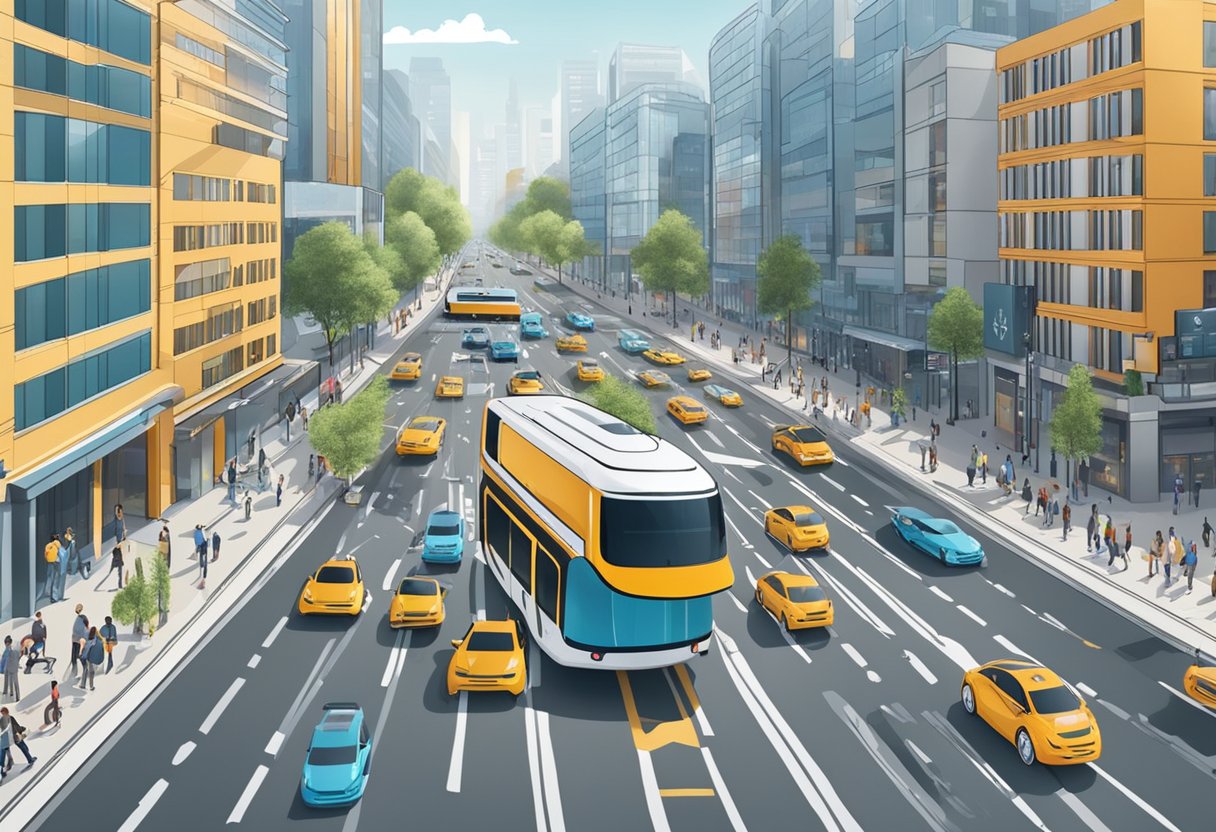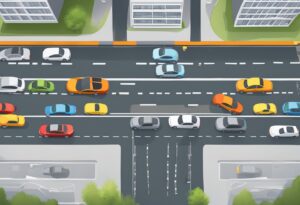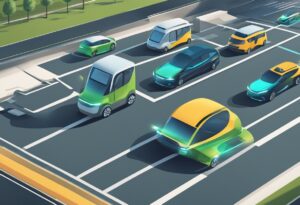Autonomous driving has been a hot topic in recent years, and its impact on urban mobility solutions cannot be overlooked.
With advancements in technology, autonomous vehicles have the potential to revolutionize the way we move around cities.
As the world continues to urbanize, finding effective solutions to mobility challenges is becoming increasingly important.
One of the biggest implications of autonomous driving on urban mobility is the potential to reduce traffic congestion and improve safety.
Autonomous vehicles have the ability to communicate with each other, making it possible to optimize traffic flow and reduce the number of accidents caused by human error.
This could lead to significant improvements in the efficiency of transportation systems in cities. It will make it easier for people to move around and reduce the amount of time they spend stuck in traffic.
Another important consideration in the impact of autonomous driving on urban mobility is the potential social and economic effects.
While autonomous vehicles could lead to job losses in certain industries, they could also create new opportunities in others.
Additionally, the transition to autonomous driving will require significant investment in infrastructure and technology, which could have both positive and negative economic effects.
We will need to carefully consider these factors as we move towards a future where autonomous vehicles are more prevalent on our roads.
Key Takeaways
- Advancements in autonomous vehicle technology have the potential to revolutionize urban mobility solutions.
- The impact of autonomous driving on cities could include improved traffic flow and safety, as well as social and economic effects.
- Careful consideration of the implications of autonomous driving will be necessary as we move towards a future where autonomous vehicles are more prevalent on our roads.
Advancements in Autonomous Vehicle Technology
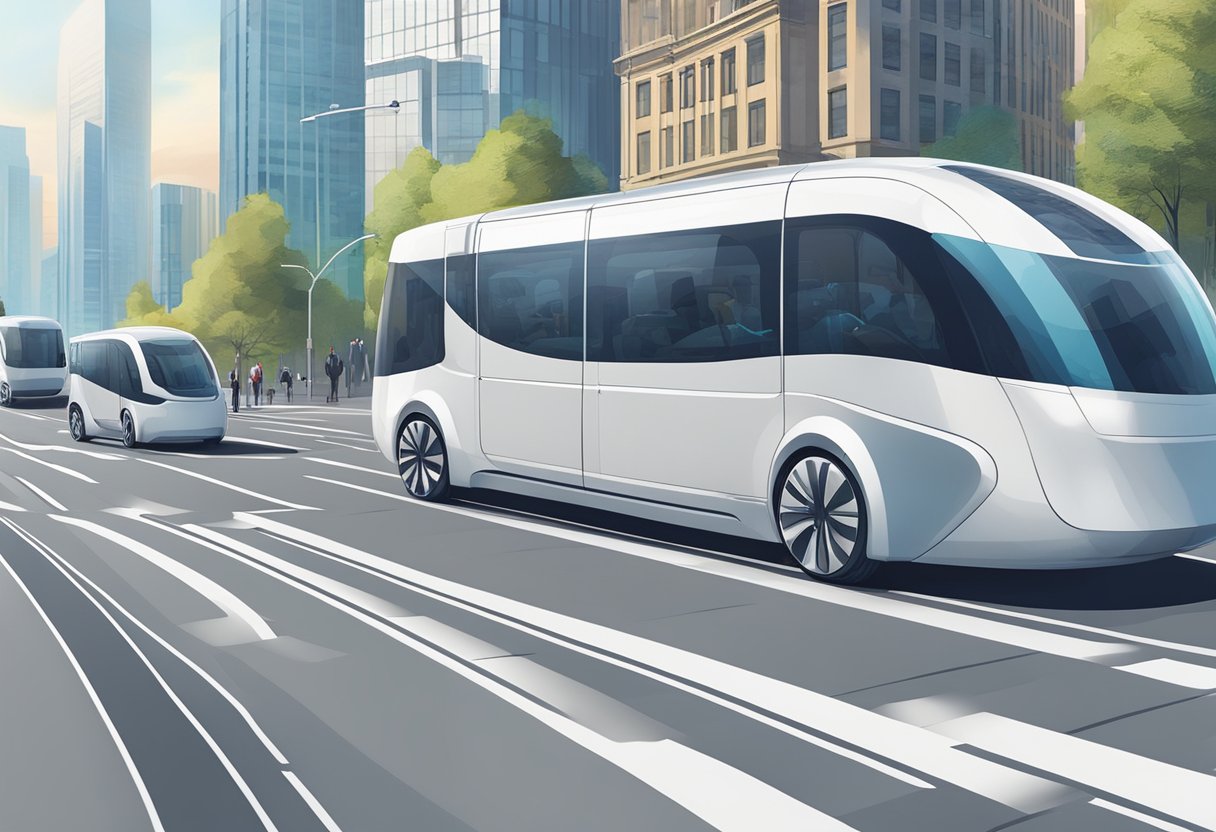
Autonomous vehicles, also known as driverless or self-driving cars, are a rapidly developing technology that is expected to revolutionize urban mobility solutions.
These vehicles use sensors and automation to navigate without human input, and they are currently classified into five levels of automation.
Levels of Automation
Level 4 and Level 5 autonomous vehicles are the most advanced, with Level 4 vehicles being capable of driving without human input in certain conditions, and Level 5 vehicles being fully autonomous in all conditions.
These vehicles are expected to improve traffic safety and reduce accidents caused by human error.
Infrastructure and Smart City Integration
To fully realize the benefits of autonomous vehicles, smart city infrastructure and integration are necessary.
Smart urban mobility solutions can improve traffic flow and reduce congestion, ultimately leading to a more efficient and sustainable transportation system.
Data availability is also crucial for autonomous vehicles, as they require real-time information about traffic patterns, road conditions, and other factors to operate safely.
Regulatory and Safety Considerations
Governments around the world are grappling with how to regulate autonomous vehicles and ensure their safety.
While these vehicles have the potential to reduce accidents caused by human error, they also introduce new risks.
Ensuring that autonomous systems are secure and that they can operate safely in all conditions is a top priority for regulators.
Implications for Urban Mobility
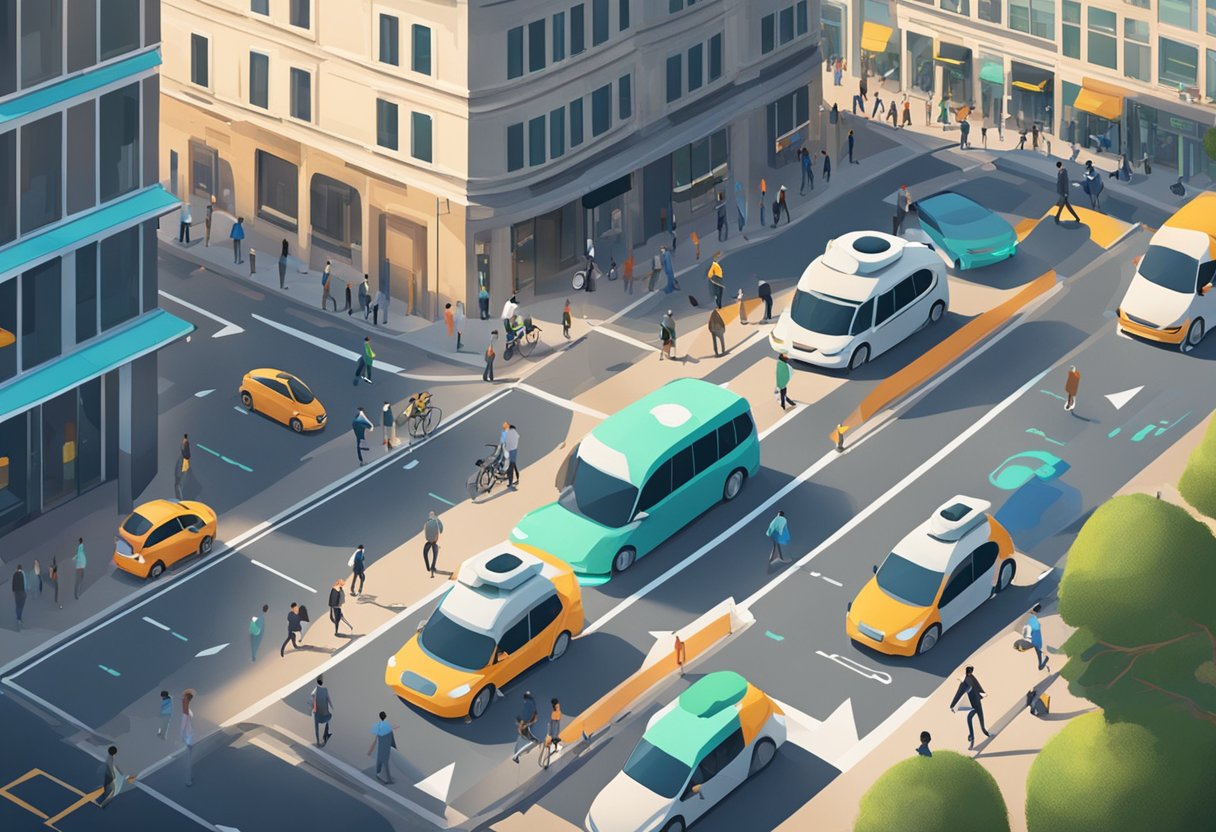
The advent of autonomous driving has the potential to revolutionize urban mobility solutions. Below are some of the implications of this technology on the urban environment.
Reduction in Traffic Congestion
One of the most significant benefits of autonomous driving is the potential to reduce traffic congestion in urban areas.
With the ability to communicate with other vehicles and traffic systems, autonomous vehicles can optimize their routes and reduce the number of cars on the road.
This can lead to a reduction in travel times and an increase in overall efficiency.
Environmental Impact
The reduction in traffic congestion can also have a positive impact on the environment.
With fewer cars on the road, there is less air pollution and greenhouse gas emissions from vehicles.
This can contribute to the decarbonization of the transportation sector and help to reduce the impact of transportation on the environment.
Changes to Parking and Land Use
Autonomous driving can also have a significant impact on parking and land use in urban areas.
With the ability to drop off passengers and park themselves, autonomous vehicles can reduce the need for parking spaces and potentially reduce urban sprawl.
This can lead to more efficient use of land and a reduction in the amount of space dedicated to parking.
Social and Economic Effects

Equity and Accessibility
Autonomous driving technology has the potential to improve equity and accessibility in urban mobility solutions.
Shared and on-demand mobility services can benefit low-income communities, people with disabilities, and those who lack access to public transport.
Autonomous vehicles can also provide safer and more efficient transportation for pedestrians and cyclists.
However, there is a risk that autonomous driving technology could exacerbate existing inequalities.
If autonomous vehicles are primarily owned and operated by private companies, they may prioritize profit over public good. This could lead to increased congestion and reduced accessibility for low-income communities.
Impact on Employment and Productivity
The impact of autonomous driving technology on employment and productivity is still uncertain.
While some jobs in the transportation industry may be lost, new jobs in the development and maintenance of autonomous vehicles may be created.
In addition, autonomous vehicles have the potential to increase productivity by reducing commuting time and allowing people to work while in transit.
This could have a positive impact on the quality of life for many people.
However, there is also a risk that autonomous driving technology could lead to job displacement and reduced wages for workers in the transportation industry.
It is important to consider the potential social and economic effects of autonomous driving technology and to develop policies that ensure equitable outcomes for all members of society.
Future Projections and Transition Strategies
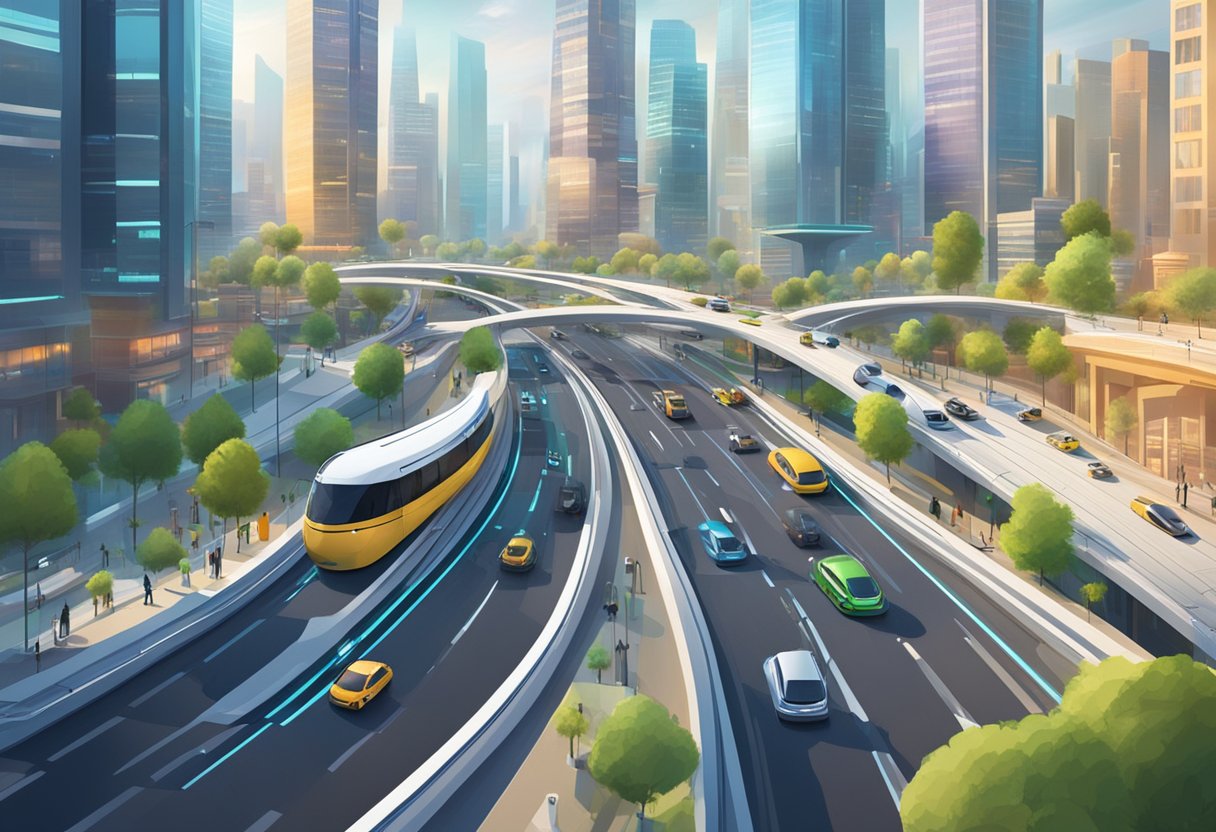
Adoption Scenarios and Market Penetration
As autonomous driving technology continues to advance, it is expected to have a significant impact on urban mobility solutions.
According to a McKinsey analysis of 3,500 mobility start-ups, the adoption of autonomous driving technology is expected to increase significantly in the coming years.
The market penetration of shared autonomous vehicles (SAVs) is projected to reach up to 66% by 2040.
The transition to autonomous driving will likely happen in phases. Early adopters will be fleets of SAVs in cities with favorable regulatory environments.
As the technology becomes more widespread, it is expected to have a significant impact on the automotive industry, with traditional car ownership potentially being replaced by a subscription-based model.
Urban Planning and Policy Development
The adoption of autonomous driving technology will also require significant changes in urban planning and policy development.
Planners will need to consider the impact of autonomy on urban form and location choice, as well as the potential for increased congestion as SAVs become more prevalent.
Policies will need to be developed to address the potential safety and privacy concerns associated with autonomous driving technology, as well as the impact on employment in the transportation sector.
Additionally, policies will need to be developed to ensure equitable access to SAVs, particularly in underserved communities.

